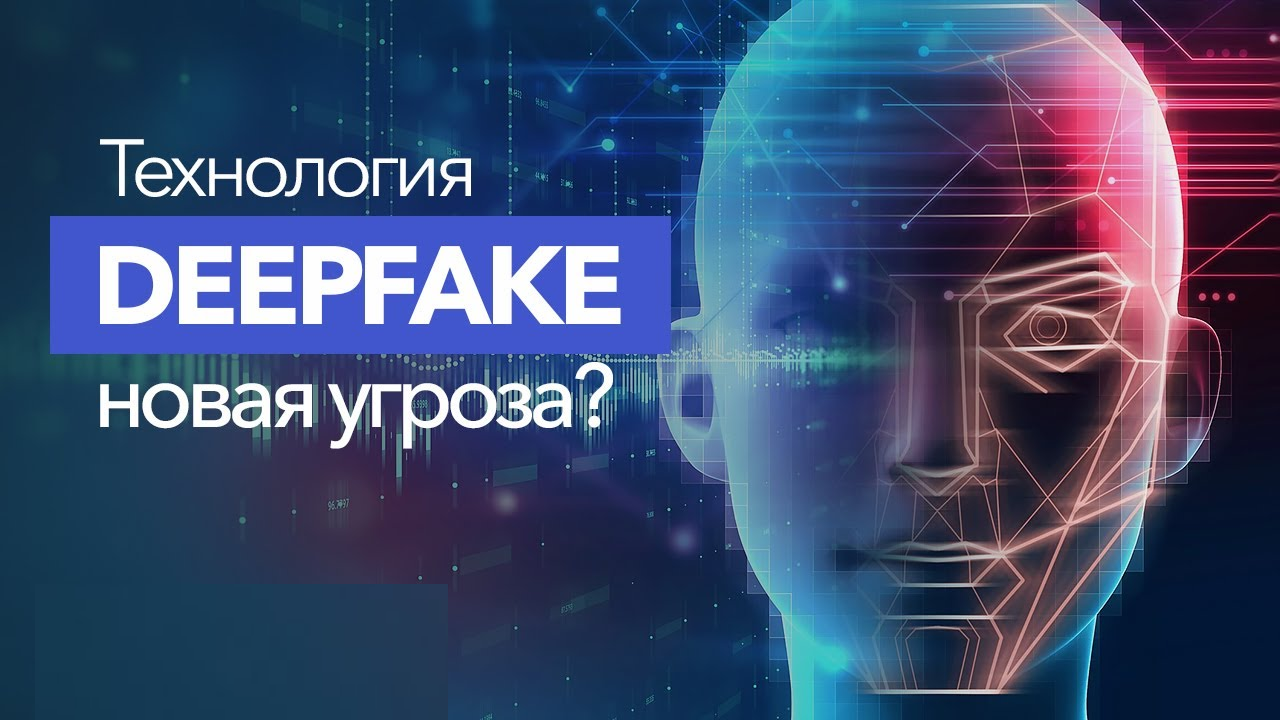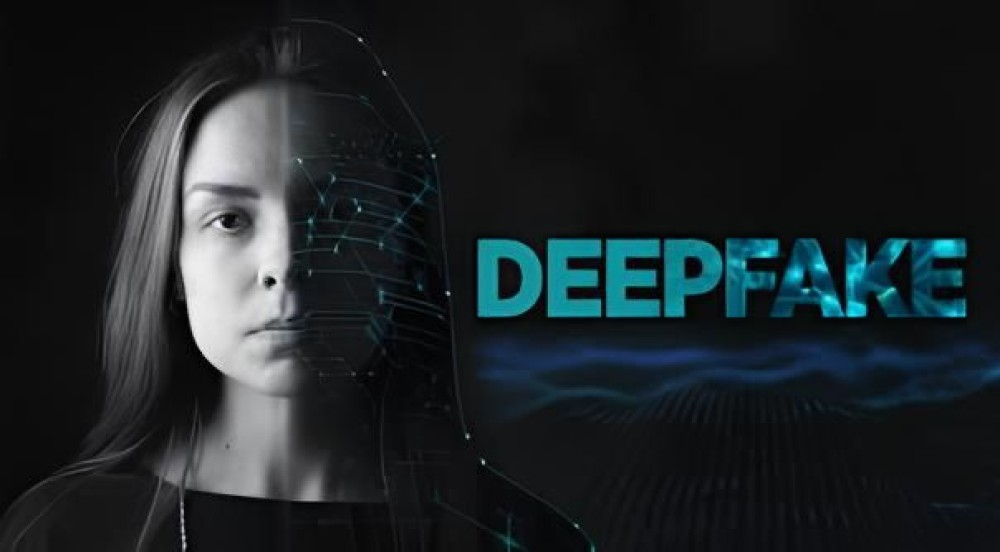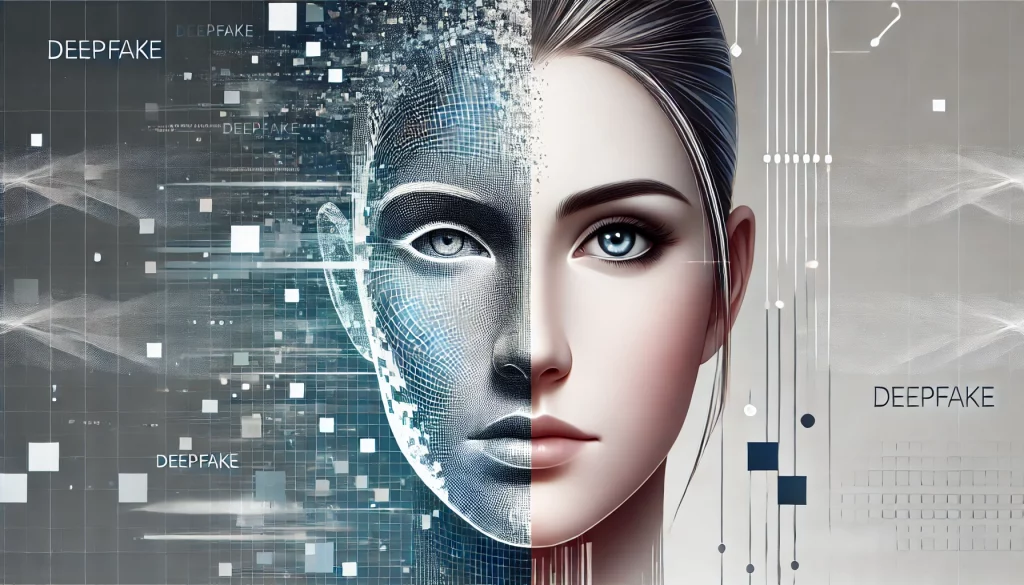With the development of modern technologies and artificial intelligence, the number of new ways to deceive users on the internet is growing. Recently, the number of cases involving deepfake has increased. This is a technology developed by artificial intelligence to simulate the voice or video of a familiar person. In most cases, such actions are aimed at requests for urgent money transfers.
Deepfake Fraud
Not so long ago, scammers used regular phones, called and posed as employees of various structures: banks, police, and others, asking for help for their relatives. Now different skills are required, scammers have mastered artificial intelligence and social networks. It is enough to have photos and audio with a person's voice, from which they will create a deepfake. By entering parameters and giving a task to artificial intelligence, a scammer can expect a positive result. Today, it is enough to have the necessary software capable of generating audio and video deepfakes.
Scammers' Fake Videos
On the internet, scammers choose their victim and study them, creating specific videos where, for example, company employees may be addressed by their director with a request to transfer money to some account. They can also imitate a child's voice or create a fake for a child to ask their parents for financial help and to send money to a friend's card.
The number of scammers using deepfake video is increasing, and their targets can be businessmen who fall for the credibility of partners or company employees created in videos.

Deception with Fake Faces
Scammers also use deepfake photos by replacing the victim's face with another body, presenting it as a real image. This way, compromising and pornographic deepfakes are created. It all looks so realistic that scammers manage to blackmail the victim by demanding a ransom for these photos or constantly extorting money with the threat of publishing these photos.
It is also not difficult for scammers to create a photo where a person may appear to be in a place they have never been. Such deepfakes are often used to blackmail famous personalities.
Deepfake Scams
To a greater extent, deepfakes are created for personal blackmail or to create an alibi - this concerns photos. Videos are so realistic that it is immediately impossible to tell if it is a real person or not. Scammers skillfully use artificial intelligence capabilities to create fake video, audio, and photo files.
Scammers can create special commercials calling for participation in money investments or prize draws, using the likeness of a famous actor who:
- will talk about profitable offers;
- advertise a company;
- offer to invest money for future quick profits.
Scammers lure investors, collect their money, and disappear.

How to Recognize a Deepfake
Upon careful examination of a video, one can notice that it may be a fake:
- the image of the face does not match the speech tempo;
- unnatural appearance of the face;
- weakly expressed facial expressions;
- no clear boundaries between skin tone elements;
- lighting may be uneven.
Since AI can generate a video of only a few seconds at a time, to create a full-fledged video, it is necessary to piece together several such generations, which creates difficulties in creating a unified character image.
Cyber Fraud with Deepfake
Cyber fraud with deepfake brings considerable income to scammers, even by creating a video with a celebrity, scammers can post it on social networks, and many people may believe in the situation depicted in the video.
Scammers can create false compromising videos and photo images, for example, on order. When a company wishing to eliminate competitors can order the creation of a video with some compromising information, such as placing its management in an indecent situation
Fake Personalities Online
Artificial intelligence helps create various images on the network. Thus, with the help of deepfake technology, non-existing fake personalities are easily created, which scammers can use, for example, on dating sites, communicating via video call with a future victim. They easily gain trust under the guise of the opposite sex and can extort money for travel and a meeting that will never happen because the created personality with the help of a neural network does not exist. This allows the scammer to hide their identity and rob victims.
Protection Against Deepfake Scams
At the first suspicion that you are communicating with an artificially created personality:
- look closely at the image;
- observe movements, if they are too smooth and unnatural — it may be a fake;
- pay attention to discrepancies;
- react to faces;
- pay attention to fingers;
- are there errors in details;
- do not overlook the background, which may be unnaturally blurred or not interacting with the environment;
- the sound and lip movement may not match.
 >
>